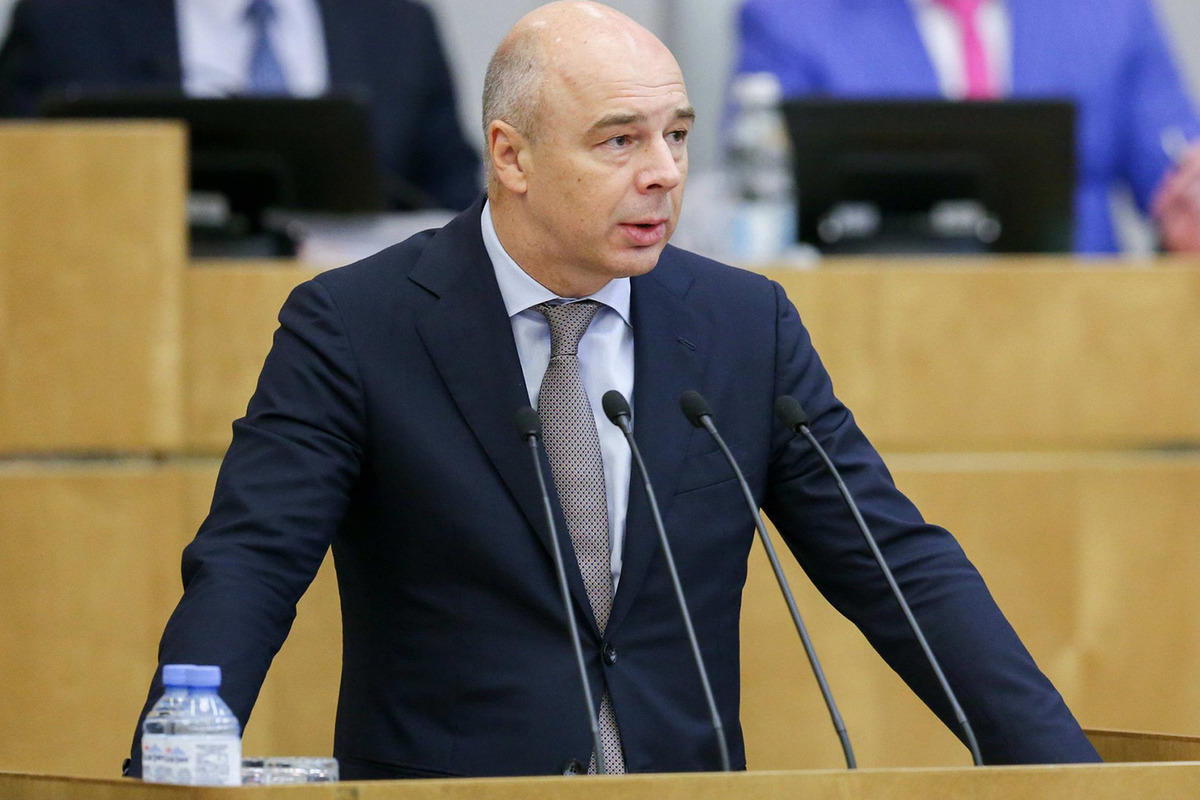Siluanov threatened the West with “symmetrical” confiscation of assets: what’s the catch?
[ad_1]

Resources frozen on both sides have different liquidity
Any actions with Russian assets in the West will receive a symmetrical response. We also have no less frozen, said Finance Minister Anton Siluanov. The minister did not add any specifics to his statement, leaving experts to guess what retaliatory steps he has in mind. Moreover, there cannot be any symmetry here from the beginning: the assets of the domestic Central Bank blocked in the G7 countries and foreign assets “stuck” in Russia have different formats and degrees of liquidity.
Let us recall that after the start of the special operation in Ukraine, the European Union and the G7 countries froze about $280 billion of assets of the Russian Central Bank – both in the form of cash and securities. About €200 billion is in the EU, mainly in the accounts of the Belgian Euroclear (one of the world’s largest depositories). From them, the Belgian depository earned about €3 billion in just nine months of last year. In early February, Brussels approved a mechanism that provides for the use of income taxes (windfall tax) from frozen Russian assets to help Ukraine.
The question of complete confiscation of the assets of the Central Bank of the Russian Federation remains open: London and Washington insist on such a decision, and in Paris and Berlin this step is considered too radical. Economists estimate that it will hit the interests of the world’s central banks, since we are talking about money invested in government bonds denominated in euros, dollars and British pounds.
Stating the inevitability of a symmetrical response, Anton Siluanov had in mind an amount comparable to the domestic $280 billion frozen in the West. We are talking about $288 billion – this is the volume of direct investment in the economy of the Russian Federation by the European Union, G7, Australia and Switzerland at the end of 2022. At the same time, taking into account the ban on the withdrawal of funds from the country by unfriendly non-residents, the figure could increase significantly due to transfer to type “C” accounts (which includes dividend obligations). The breakdown by country is as follows: Cyprus invested $98.3 billion in the Russian economy, the Netherlands – $50.1 billion, Germany – $17.3 billion, France – $16.6 billion, Italy – $12.9 billion. Neutral Switzerland invested $28 .5 billion, the UK – $18.9 billion (according to information as of the end of 2021), the USA – $9.6 (according to information as of the end of 2022), and Japan – $4.6 billion.
In fact, the lion’s share of the amount of $288 is the cost of industrial infrastructure facilities of Western companies in Russia, created before 2022. These are buildings, workshops, equipment, transport routes, engineering systems, and so on, notes leading expert of the Center for Political Technologies Nikita Maslennikov. As for type “C” accounts, according to the most general estimates, only about $6-7 billion have been accumulated there. These are, in particular, frozen dividend payments on shares, coupons on corporate and government bonds. So far, one thing is clear: Moscow will not pay Western businesses that have left the Russian Federation for the facilities they once built. That is, the money they invested will not be returned to them.
“There is a certain amount of slyness in the statements of the Russian financial authorities,” says Alexander Razuvaev, a member of the supervisory board of the Guild of Financial Analysts and Risk Managers. – The assets of the Central Bank blocked by the West are mainly real money, as well as deposits and bonds that can be instantly transferred to cash. And in our country, non-residents’ funds are invested, firstly, in their own production on the territory of the Russian Federation, and secondly, in blue chips (shares) of large Russian companies, for which dividends are still paid. That is, in terms of liquidity, these assets are not comparable, and our position is clearly worse for a “symmetrical” answer.”
Theoretically, Razuvaev argues, the state can make Western property its own, carry out mass nationalization (by appointing a temporary administration at enterprises), and then sell off all these enterprises within the country to friendly investors. Such a scenario, for example, was realized in Iran during the Islamic Revolution of 1979. However, finding a buyer will be very, very difficult – due to the unsatisfactory liquidity of assets. And the stock market will suffer: when all these blue chips flood the Moscow Exchange, it will be possible to forget about the rise in quotes for a long time, Razuvaev believes.
[ad_2]
Source link






